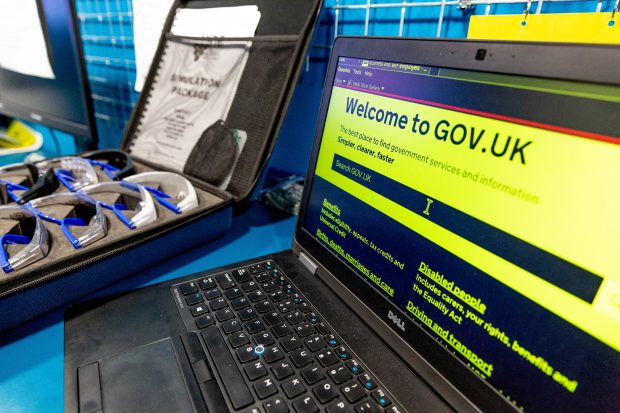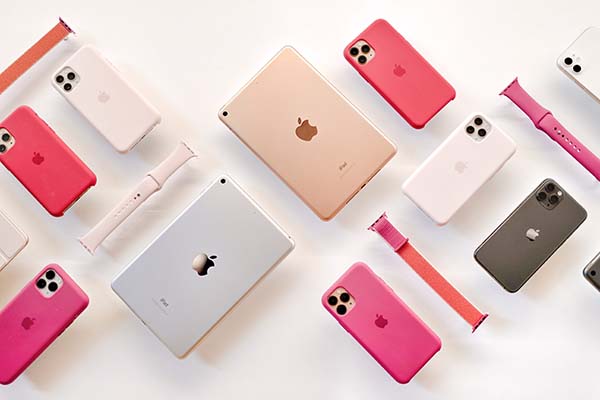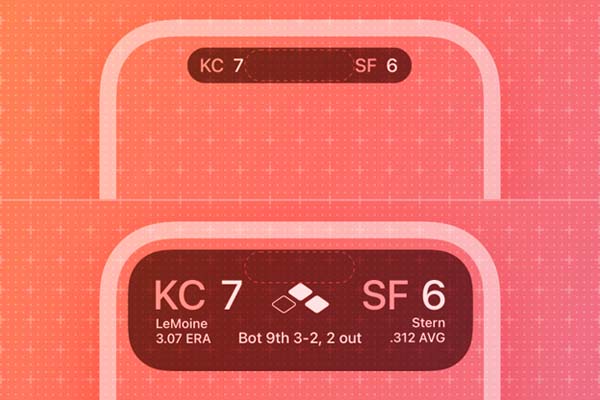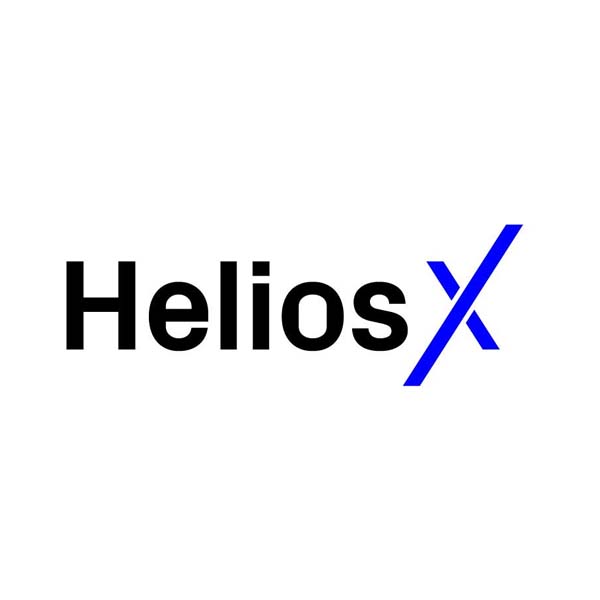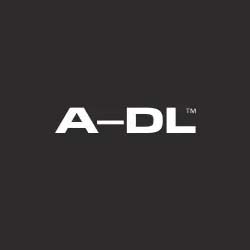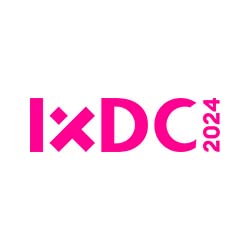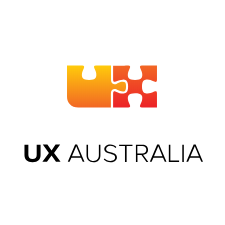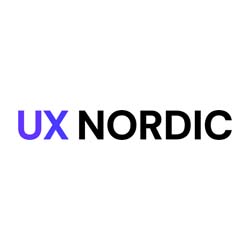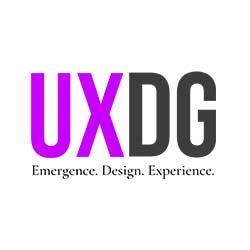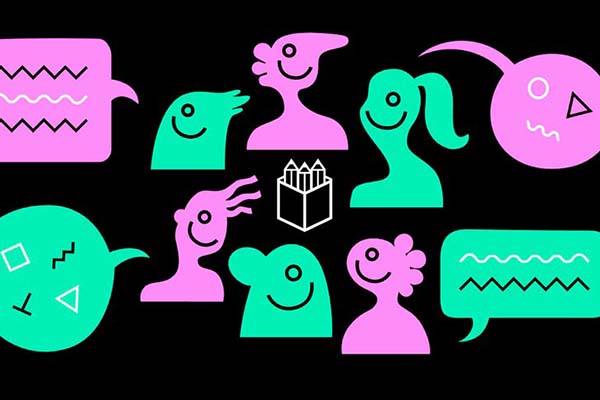User Experience (UX) quantitative research is gaining popularity in this era of big data. However, data from UX qualitative research can be quantified too. With the help of qualitative research methods like interview and focus group discussion, you will be able to answer the “how” and “why” to the data collected from quantitative research. Sound convincing? Good news for you, remote qualitative research for UX is now possible using technology.
You can save the hassle of setting up the environment and recruiting participants with remote qualitative research for UX.
Qualitative Research vs Quantitative Research
Big businesses favor big data from quantitative research. The objective nature of quantitative research allows data collection to be done very fast in an unbiased manner. This data is measurable using metrics and is usually very convincing for stakeholders to drive business decisions.
However, one of the major drawbacks of quantitative research is that it only measures something that has already occurred. On the other hand, qualitative research can be conducted very early in the development cycle. As UX is an user-based approach, you get to involve your users at the earliest stage with a simple interview. This is useful in answering the “how” questions.
Even with quantitative data, most of the time it is very difficult to deduce the reasons behind what actually happened. The “why” questions remain unknown.
Answering the “How” and “Why” Questions
The easiest way to work around is to combine both qualitative research and quantitative research. You will get the best of both worlds.
1. Qualitative research followed by quantitative research
With qualitative research, you can explore something that hasn’t happened to answer the “how” questions. This is especially useful for exploring trends and preferences for a new market.
Firstly, use focus group discussion or interview to establish useful insights into the research objective. Next, carry out a survey to support your findings.
2. Quantitative research followed by qualitative research
When used along with quantitative data, qualitative research can explain “why” to your statistical analysis.
For example, when you look through your Google Analytics report, you just don’t understand “why” the bounce rate suddenly increases at the payment page. By inviting users to participate in a usability testing, you can simulate the whole process from shopping to making payment in order to identify the issues.
Remote Qualitative Research
Qualitative research is very effective in gaining a deeper understanding of user experience. Researchers will get a clear picture of user’s behavior, emotions, beliefs, preferences, and perceptions.
However, the major disadvantage of qualitative research is that it is time-consuming, hence requiring more effort and budget. In addition, the presence of a researcher is necessary at all times and the outcome of the research depends a lot on the skills of the researcher.
Not to worry, as the saying goes, “practice makes perfect.” As long as you put in a little more effort for the preparation work, you can actually save a lot of time. Read more about the SOP in recruiting participants and setting up the environment for research.
If that’s still too troublesome for you, remote qualitative research is the best alternative. With remote qualitative research, you save the time of setting up the environment and you can actually outsource the participant recruitment.
Discuss.io is a consumer connection video platform for remote interview, usability testing or focus group discussion. They help to recruit participants from most countries and set-up the online facility to connect you to the participants. Moreover, they provide translation and transcription services too to ensure rapid turnarounds for your research.
Watch the video below to see how Discuss.io works for The Unilever Foundry.
If you would like to have more control and autonomy over the whole project and participant recruitment, try Adobe Connect and FocusVision. They provide a platform for you to connect with the participants without the extra services of project management, participant recruitment, translation or transcription. Definitely, more work to do but more cost effective and budget friendly!
Conclusion
Quantitative research and qualitative research should always coexist to complement each other in UX.
With remote qualitative research solutions available, there are no more excuses not to have one.

